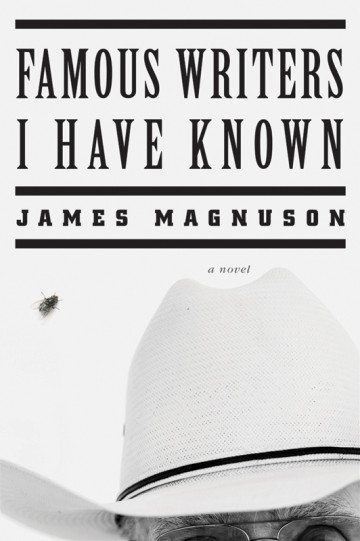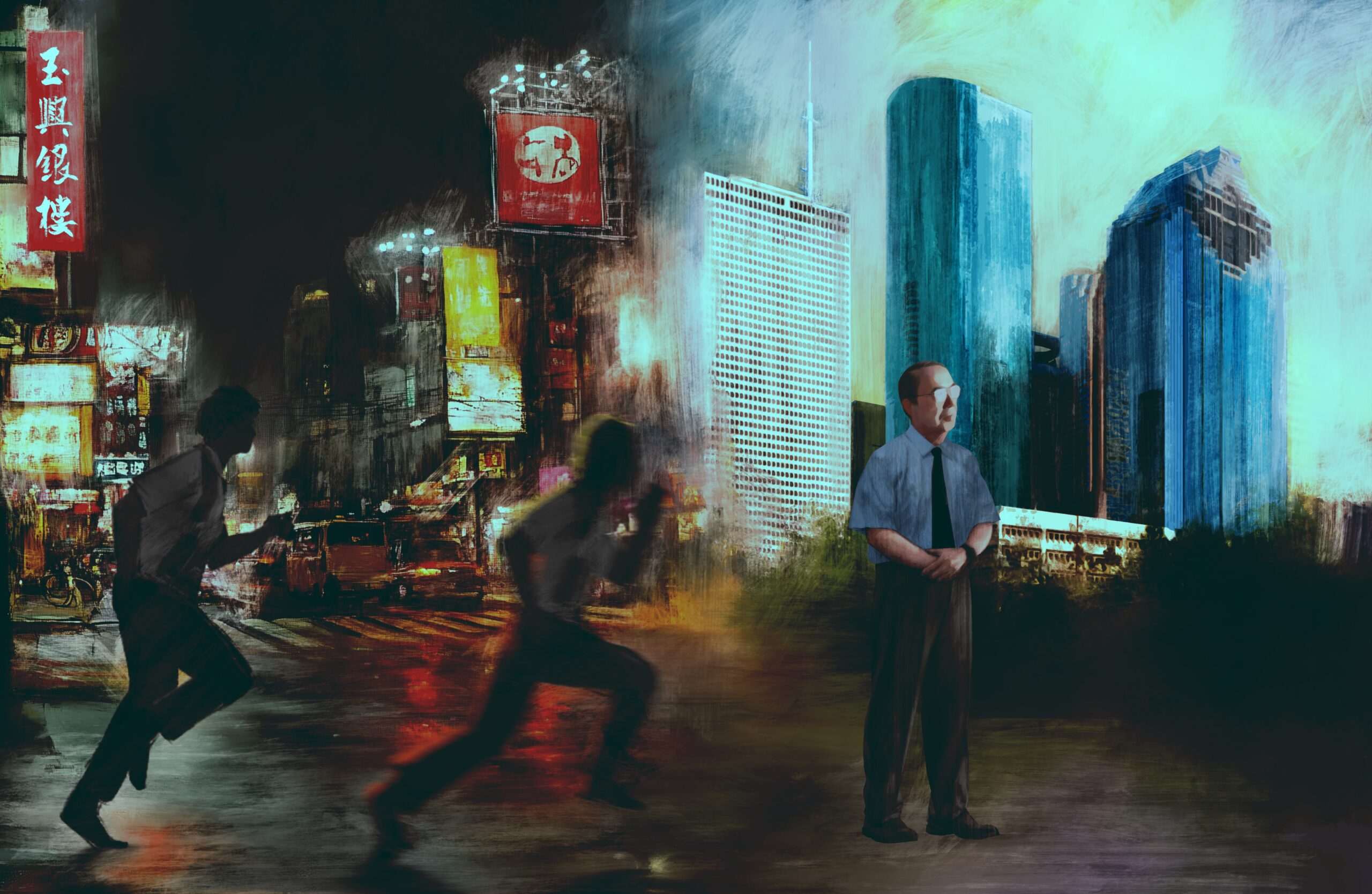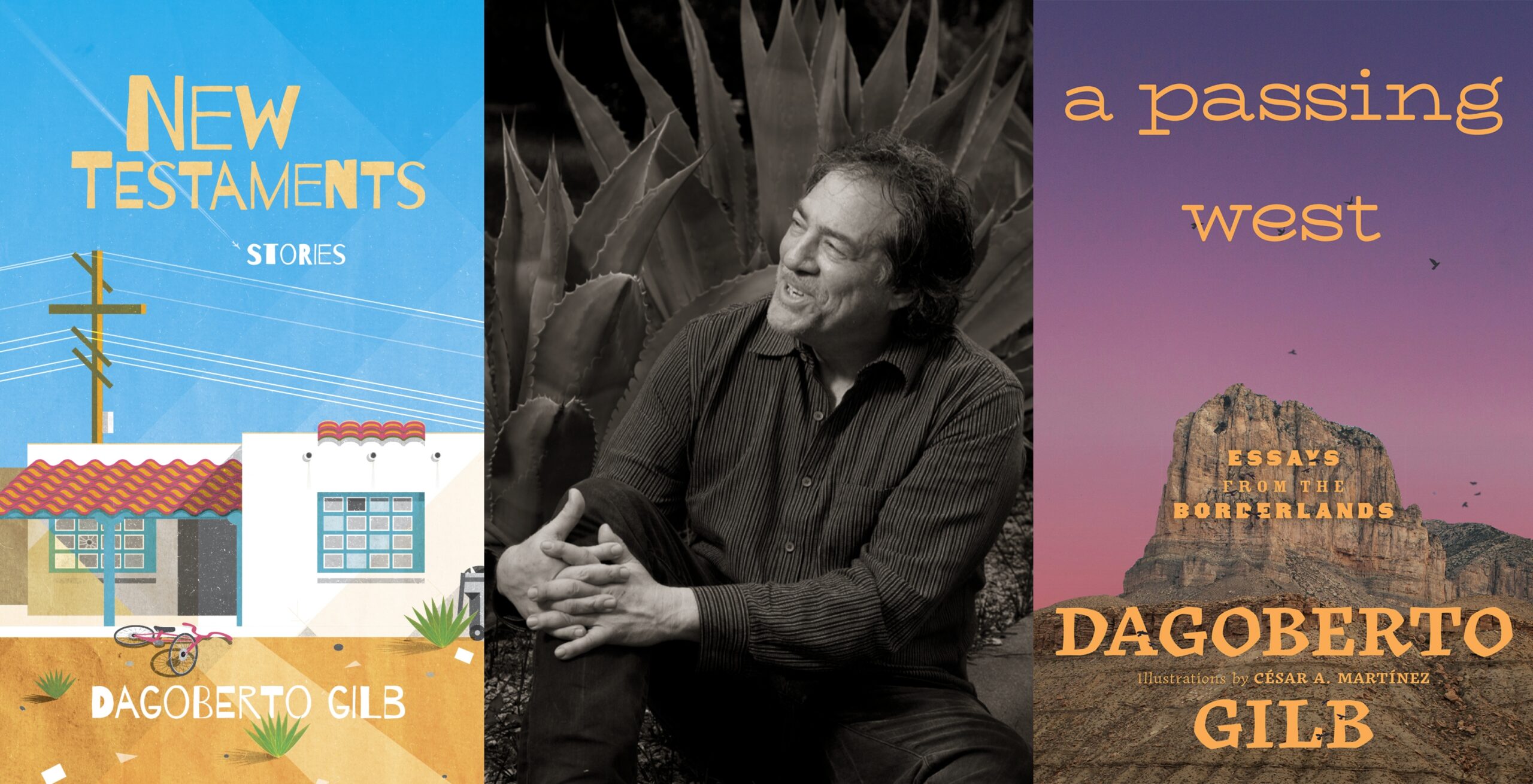
Bursting the MFA Bubble with James Magnuson’s Famous Writers I Have Known
A version of this story ran in the March 2014 issue.
The campus novel has long been a favorite vehicle by which American novelists mock cultural insecurities while gently gnawing the hand that feeds so many of them. James Magnuson’s Famous Writers I Have Known meets the expectations of the genre, mounting a thoughtful critique of the institutionalization of art in our age of economic uncertainty. His premise is to plant an alien—a con man—in the midst of solemn literary types to see which side comes off as more authentic. Magnuson knows whereof he writes: He directs the Michener Center for Writers at the University of Texas in Austin, and worked with the late James Michener when Michener was the center’s prime mover.
Writers often worry whether they’re being original or only producing pale imitations of the work of their better predecessors. Magnuson makes this anxiety the central dynamic between his protagonist, East Coast grifter Frank Abandonato, and Abandonato’s mark, bestselling writer/philanthropist Rex Schoeninger. Abandonato finds himself posing as famously reclusive writer V.S. Mohle (think J.D. Salinger), who’s been hired by Schoeninger (modeled on Michener) to teach pampered students at the Fiction Institute (standing in for the Michener Center). It turns out that the con man is no more devious than his hosts.

By James Magnuson
W. W. Nortaon and Company
320 pages; $25.95 W.W. Norton and Company
Schoeninger has summoned Mohle to the plum $75,000-a-year teaching gig in Austin to salve a lingering sense of guilt going back 25 years to an episode in which the two men came to fisticuffs on The Dick Cavett Show. In the aftermath, Schoeninger sued Mohle into bankruptcy and unpublished reclusion. Schoeninger—like Michener—is the author of numerous 1,000-page novels, chock-full of information but lacking much literary merit. Mohle, in contrast, is the author of a single slim book, Eat Your Wheaties, which cemented his lasting literary reputation. It is Schoeninger who was awarded the Pulitzer Prize, the cause of the long-ago estrangement.
Mohle never arrives in Austin. He makes it only as far as an East Coast airport, where he changes his mind about flying to Texas. Watching him is Abandonato, who happens to look quite a bit like the writer, and who has come to the airport on the run from a botched lottery ticket scheme that’s drawn the unkind attentions of local Mafia goons. Observing Mohle’s change of heart, Abandonato sees his getaway chance and flies to Austin in the writer’s stead. Once there, he’s greeted by dashing female MFA students, taken under the wing of the Fiction Institute’s director, and deposited at the isolated house meant for Mohle. Teaching student fiction workshops turns out to be easy enough for a con man, and once ensconced there’s no turning back.
For one thing, he finds the smell of Schoeninger’s vast fortune irresistible. The 85-year-old Schoeninger is busily giving away his money—as did Michener—to the tune of $100 million, and Abandonato positions himself to poach a few million for himself under the pretense of a philanthropy for poor children. But when an even more accomplished con artist—Ivy League scholar and phony literary award-founder Dudley Stainforth—shows up to scam Schoeninger out of $5 million, Abandonato faces a quandary: whether to tell Schoeninger the secret of Stainforth’s identity and deprive the dying benefactor of the illusion of literary—as opposed to commercial—recognition at long last.
It’s easier for Abandonato to transcend ancient literary animosities than it would have been for the real Mohle, but he’s also able to discern the strengths and weaknesses of his literary companions better than most credentialed writing teachers. He sees right through the quasi-literary bullshit his students produce, mostly, it seems, in hopes of currying favor. And he keeps reminding Schoeninger that pampering student writers (the fictional Fiction Institute is famous in that regard) may not be the best way to promote original art. Schoeninger, meanwhile, recognizes that readers can’t get enough of his writing, but in the economy of cultural prestige he has little worth; he can’t spend his way out of the literary ghetto of commercial success.
Magnuson, like program-skewering novelists from James Hynes to Jane Smiley before him, is excellent at capturing the absurdity of organized creativity. Consider Abandonato commenting on a student’s work:
“I think it would be a big help if you went back to read some early de Maupassant … And that scene in Grand Central … how late is it? Maybe our hero gets pickpocketed. Every other goddamned thing happens to him, why not? … I’m not trying to rewrite your story for you, but late at night at Grand Central, there are some real sleazeballs out there…”
All this mockery of canned advice opens the larger question of whether true art is best produced in community or in isolation. One can argue that the narcissism endemic to writing workshops produces a constrained scope for expression, and this may well be true of any organized creative endeavor. It is ironic indeed that Schoeninger ends up financing an inwardly focused creative process that’s antithetical to his own method of fieldwork and investigation.
The novel’s final irony is that it is framed as the book that Abandonato has composed in prison, where he eventually lands after his Austin imposture is discovered. His fellow prisoners are con men from the worlds of business and government; they also are composing marketable autobiographical narratives of their misadventures. Prison, at last, provides a space that offers free rein to the imagination.
With this crushing comparison between prison and school, which puts the latter at a disadvantage, Magnuson explodes the verities of cautious and insular methods of art production. He’s suggesting a kind of risk-taking that used to be the ideal for artists, but has no place in the current publishing system, which values the literary credentialing of MFA programs above all. It is not too much to assume that Magnuson’s struggle, as head of a leading MFA program, has much in common with Abandonato’s perpetual fear of discovery. Art forged from genuine inspiration (Mohle) or backbreaking research (Schoeninger) has gone the way of the dinosaurs. What’s left is covering one’s tracks, hiding the genuine self for fear of offending some benefactor.
Again and again, Abandonato seems to want to connect what he reads with his own lived experience. For him—a con man—literature is vibrant and relevant, enlivening him in a way that the literary artifacts produced by the denizens of Schoeninger’s disciplined bubble never do.
Abandonato may know little about the Western canon, but it’s precisely his cultural ignorance that lets him approach literature with fresh eyes. That it takes an uncoddled outsider to see through the conventional methods of literary education is the core of Magnuson’s satire. That a consummate insider has managed to imagine such a convincing outsider is his book’s substantial achievement.
For more on James Magnuson, read this Q&A or listen to an interview between the author and writer Anis Shivani on Observer Radio.


